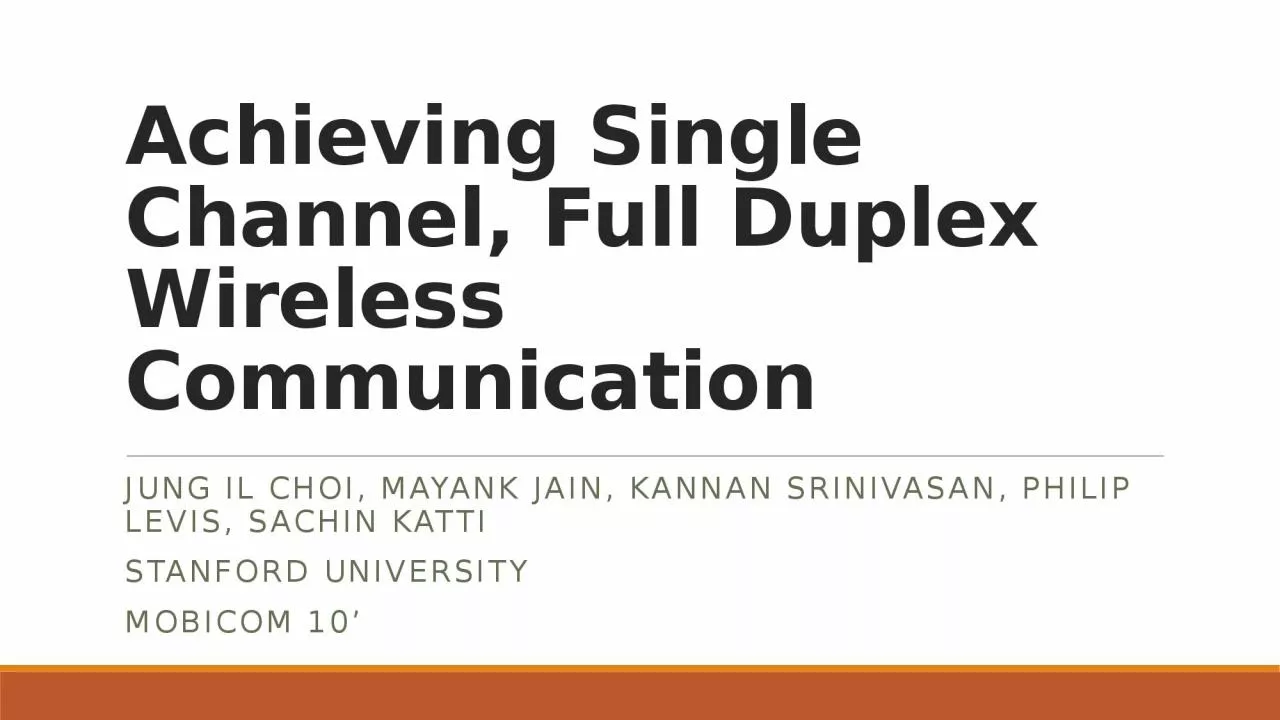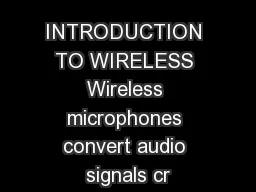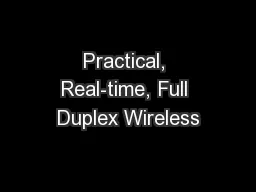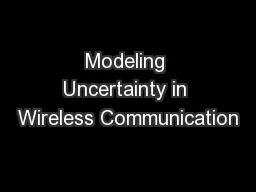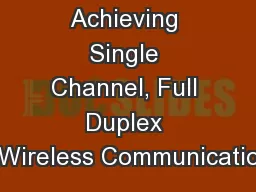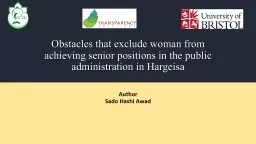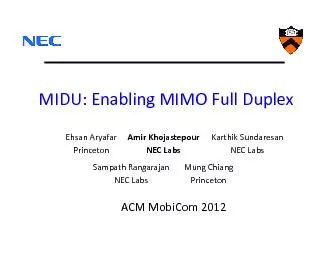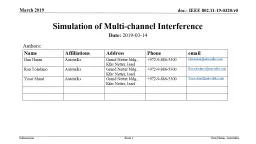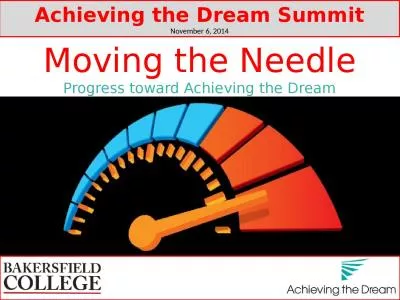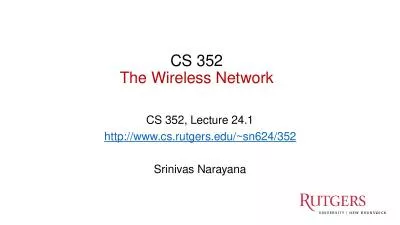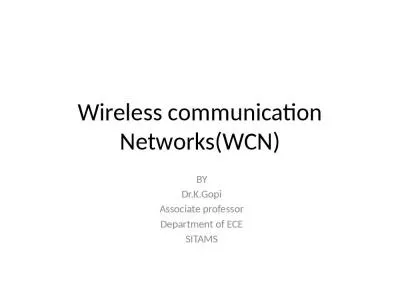PPT-Achieving Single Channel, Full Duplex Wireless Communication
Author : jalin | Published Date : 2023-09-22
Jung Il Choi Mayank Jain Kannan Srinivasan Philip Levis Sachin Katti Stanford University Mobicom 10 Wireless Channel Half Duplex It is generally
Presentation Embed Code
Download Presentation
Download Presentation The PPT/PDF document "Achieving Single Channel, Full Duplex Wi..." is the property of its rightful owner. Permission is granted to download and print the materials on this website for personal, non-commercial use only, and to display it on your personal computer provided you do not modify the materials and that you retain all copyright notices contained in the materials. By downloading content from our website, you accept the terms of this agreement.
Achieving Single Channel, Full Duplex Wireless Communication: Transcript
Download Rules Of Document
"Achieving Single Channel, Full Duplex Wireless Communication"The content belongs to its owner. You may download and print it for personal use, without modification, and keep all copyright notices. By downloading, you agree to these terms.
Related Documents

